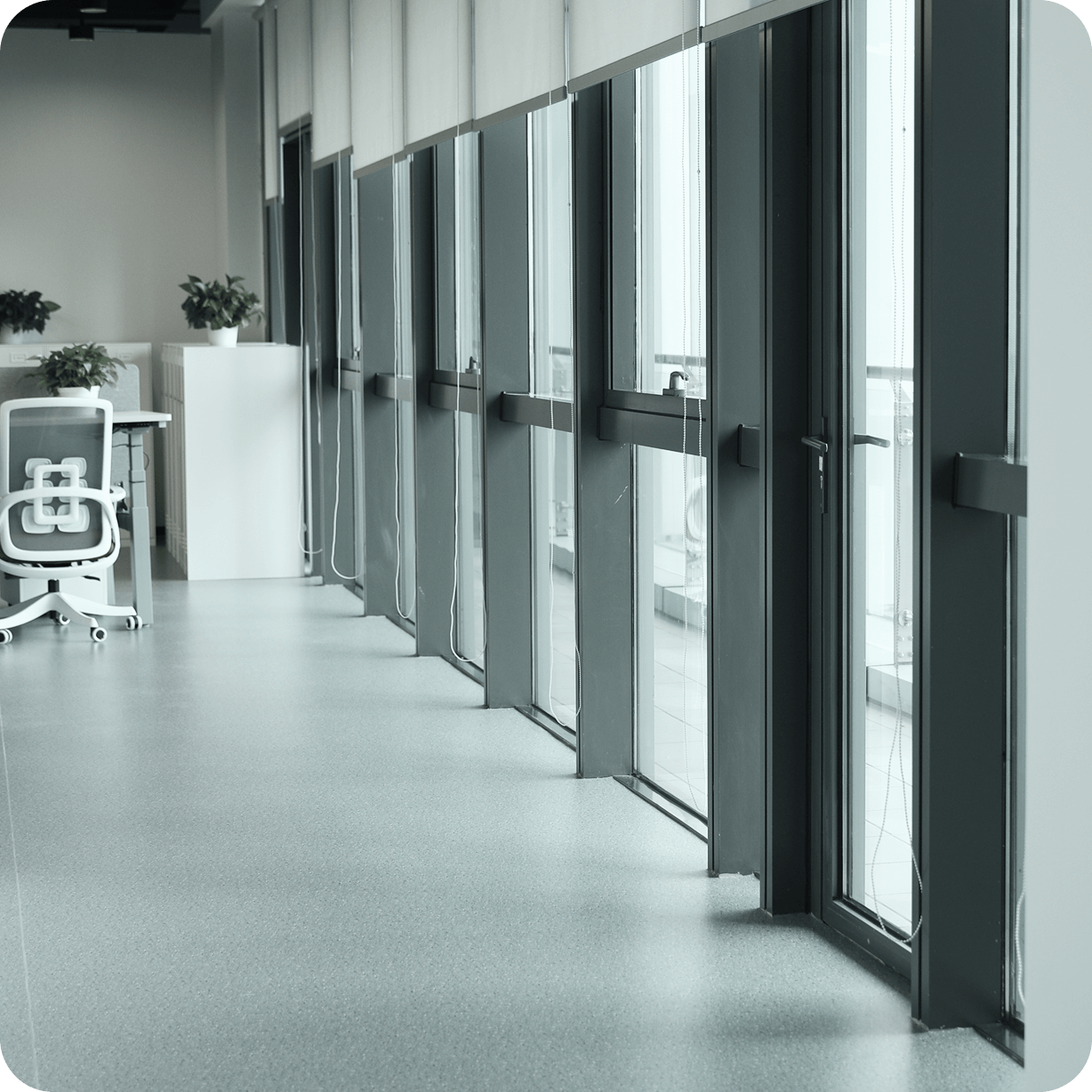——Break distance limits, choose the right remote design supplier, and master cross-region collaboration to keep projects on track.

If your product roadmap never slows down, hiring and onboarding a full on-site team can bottleneck delivery. Remote UX design gives you access to senior talent across time zones, specialized skills on demand, and throughput that scales with your priorities. But the same flexibility can turn chaotic without evidence-based vendor selection, a shared operating model, and guardrails that keep design, research, and engineering moving in lockstep. This playbook shows B2B SaaS leaders how to source, assess, and run remote UX design engagements that actually ship: you’ll learn what to verify before contract, how to structure collaboration rituals, which SLAs prevent drift, and how to run a two-week pilot that proves fit in your stack. Treat remote UX design not as a workaround, but as a rigorous, measurable way to accelerate outcomes.
1) Why Remote Works
Teams adopt remote UX design for speed, coverage, and access to niche capabilities—design systems, a11y, quant UX, or complex enterprise workflows—that local markets may lack. When set up well, remote UX design compresses research and design cycles, creates follow-the-sun momentum, and reduces single-point-of-failure risk.
Where it shines
- Parallelization: Discovery, prototyping, and usability testing can run concurrently across time zones. With remote UX design, you can finish a test day in APAC and start iteration in EMEA while engineering wakes up in the U.S.
- Senior depth on tap: You can bring in a systems thinker for tokens, or a specialist for data-dense tables, exactly when needed—classic strengths of remote UX design.
- Cost & flexibility: Scale capacity up or down without long hiring cycles; remote UX design pods align to quarters, launches, or migrations.
Where it fails
- No shared goals: If the brief is fuzzy, remote UX design magnifies ambiguity.
- Weak product partnership: Without a product owner who owns KPIs and decisions, remote UX design can become an endless exploration loop.
- No dev parity: If design cannot map to code, remote UX design produces artifacts that don’t ship.
Decision rule: Use remote UX design when you can define business outcomes, provide product access, and instrument delivery. Avoid it when stakeholders are unaligned or when you lack a technical partner to anchor feasibility.
2) Vendor Selection
A slideshow doesn’t predict delivery. Replace hype with proof and choose partners who can execute remote UX design under your constraints.
Shortlist sources
- Credible directories, back-channel referrals, and visible contributions (design tokens, accessibility tooling). Include two “wildcards” alongside well-known ui ux design companies to avoid brand bias.
Evidence to request
- Annotated flows: Before/after for one critical journey with goals, constraints, and measurable outcomes—how remote UX design decisions linked to results.
- Research packets: Protocols, screener, tasks, success rates, severity-ranked issues. Real remote UX design work leaves traceable evidence.
- Token & theming strategy: Taxonomy, naming, multi-brand approach, and mapping to code. If remote UX design can’t show tokens compiling into a repo, expect drift.
- Accessibility: WCAG 2.2 AA proof—contrast matrices, keyboard paths, screen-reader notes baked into acceptance criteria.
- Handover bundle: File hierarchy, naming rules, change log, and a dev-parity checklist tailored for remote UX design handoffs.
Rubric (0–5; weight)
- Problem & KPIs (15%)
- Method & traceability (20%)
- A11y & quality (15%)
- System thinking & tokens (20%)
- Dev parity & CI readiness (15%)
- Business outcomes (15%)
Demo questions
- “Show how this component’s tokens compile to code.”
- “Which research insight forced a design reversal?”
- “Walk us through a release where remote UX design reduced rework.”
Score vendors side by side. Disqualify anyone who can’t demonstrate remote UX design integration with your stack.

3) Collaboration Playbook
Once selected, make remote UX design predictable. Codify decisions, cadence, and artifacts so every sprint ships something real.
Roles & ownership
- Product: owns problem statements, KPIs, acceptance criteria.
- Design: owns patterns, tokens, a11y standards, and design ops.
- Engineering: owns feasibility, review, and CI integration.
- Project ops: owns risks, cadence, and budget tracking. Clear ownership prevents remote UX design from stalling when priorities clash.
Cadence that works
- Kickoff (Day 1): Align on goals, constraints, risks, stakeholders. Establish remote UX design rituals (standups, office hours, demos).
- Daily standup: 15 minutes max, async notes first; block on decisions only.
- Twice-weekly reviews: Figma/Storybook walkthroughs with product + engineering to keep remote UX design ideas shippable.
- Weekly demo: Ship tokens, component slice, usability result, or docs page—remote UX design is accountable for visible progress.
- Office hours: Reserve time for squads; remote UX design answers, pairs, and unblocks.
Artifacts to standardize
- Decision log: Insight → decision → impact. This keeps remote UX design honest and auditable.
- Contribution rules: How to request patterns, how to deprecate, who approves.
- Definition of done: A11y checks, dev parity demo, doc page updated. If a remote UX design task misses any check, it isn’t done.
Communication hygiene
- Use short video walk-throughs for complex flows.
- Keep a running FAQ in the docs.
- Agree on a response SLA for blockers to keep remote UX design velocity.
(At this stage, many teams ask how a partner like UXABC operates. Our default is a pod with a design lead, researcher, design-ops specialist, and 1–2 front-end collaborators for parity checks. We anchor all remote UX design work to measurable outcomes and demo in your environment, not ours.)
4) Quality & SLAs
Good intentions fail without guardrails. Bake expectations for remote UX design into your contract so quality is enforceable.
Scope & acceptance
- Artifacts: flows, wireframes, hi-fi screens, research reports, token schema, component specs, a11y checklist, docs pages, handover package.
- Done criteria: AA a11y, traceability updated, dev parity demoed in CI, docs linked. Without these, remote UX design isn’t complete.
Team & continuity
- Name key roles and minimum allocations; you approve replacements.
- Cap context switching; remote UX design pods should stay stable across milestones.
Cadence & reporting
- Weekly burndown, risk register, earned-value snapshot.
- Fortnightly demo tied to acceptance criteria; non-demoed work is non-billable that sprint—classic remote UX design accountability.
Change control
- Written request → impact on scope/timeline/budget → both-sides sign-off. Keeps remote UX design from scope creep.
Service levels
- Response times: blocker ≤4 business hours, high ≤1 day.
- Bug triage: severity definitions and fix windows.
- Docs freshness: updates within 48 hours of a merged change.
- A11y must-pass: WCAG AA; automated checks plus human review.
IP & security
- You own designs, tokens, docs, and code contributions; vendor retains generic methods.
- Tooling list, data-handling rules, PII redaction, and retention periods—especially important for remote UX design research assets.
(When clients ask for a model SoW, UXABC typically ties milestone payments to accepted artifacts—never just hours—so remote UX design delivery remains outcome-driven.)
5) Pilot & Rollout
Prove fit before you scale. A tight pilot de-risks remote UX design in your environment with real constraints.
Two-week pilot
- Goal: validate collaboration, method discipline, a11y, and dev parity.
- Deliverables: one critical flow, one moderated test (n≥5), token proposal, one coded component with tests, one docs page.
- Acceptance: 80%+ task success, AA a11y, tokens compile in CI, component integrated in staging.
- Reporting: daily notes, burndown, decision log mapping insights to changes. Run the same scope with two contenders—perhaps a brand-name among ui ux design companies and a “wildcard.” Choose the better remote UX design results, not the bigger logo.
Rollout roadmap
- Quarter 1: Audit flows, define token taxonomy, ship 6–10 high-leverage components, stand up docs skeleton. Remote UX design velocity is measured in usable artifacts.
- Quarter 2: Expand patterns (errors, empty states), tackle data-dense UI (tables, filters), stabilize contribution rules.
- Quarter 3: Multi-brand theming or mobile parity; formalize adoption gates in CI and declare v1.0.
Adoption metrics
- % of new screens using tokens/components.
- PRs referencing pattern docs.
- Duplicate component count trending down.
- A11y issues per release.
- Time from request to merged change—your remote UX design cycle time.
If you want a second set of eyes on your pilot or SoW, UXABC can mirror this evaluation—artifact by artifact—so your remote UX design engagement stays measurable and defensible under audit.
Selecting and running remote UX design well isn’t about location. It’s about verifiable methods, clear ownership, enforceable quality gates, and a cadence that ships. Treat vendor lists as hypotheses, demand proof, align on a shared playbook, and run a pilot that demonstrates value in your stack. When remote UX design is governed this way, distributed teams stop being a risk and become a competitive advantage.







